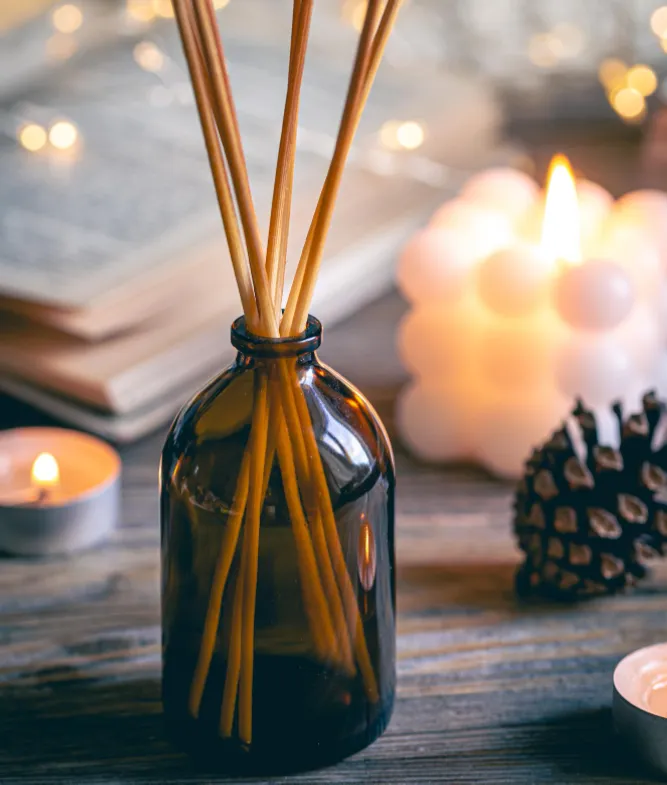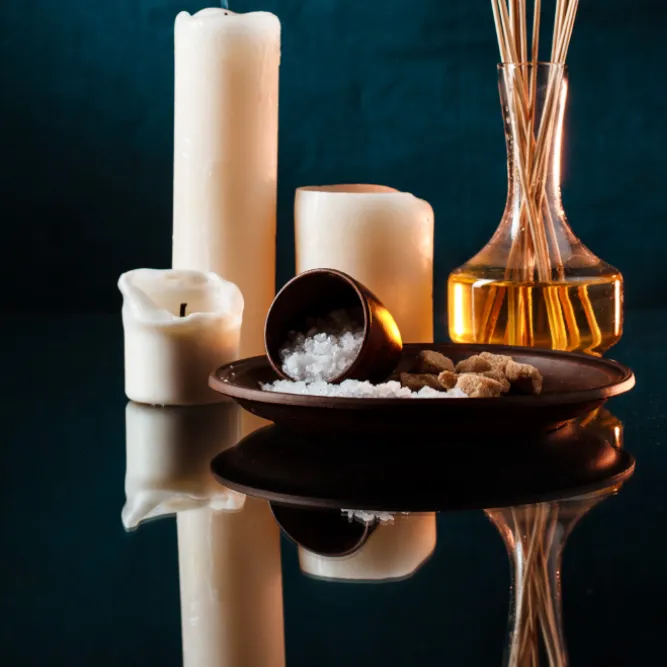What Is Aromatherapy

Aromatherapy is both an art and a science, as is conventional medicine. It involves the chemistry of essential oils that offer therapeutic properties.
Aromatherapy is a form of complementary and alternative medicine that promotes the body’s and mind’s natural ability to restore balance and heal itself. It involves using essential oils to support health through inhalation or topical application (diluted) to the skin.
People around the world have used aromatherapy for centuries. In the U.S., it often complements other treatments for conditions like anxiety. People also use aromatherapy to maintain wellness and improve their overall well-being.
How does aromatherapy work?
Essential oils activate your nervous system. Special cells called olfactory receptors recognize these molecules. In response, they send signals to your brain via your olfactory nerve. This sets off a chain reaction of signals and chemical responses in your body, particularly impacting the limbic system. The process begins as soon as you start smelling an essential oil and plays a role in emotions, memory and physiological functions such as heart rate and breathing.
What are some benefits of aromatherapy?
The healing properties of essential oils can be used in many ways. They are often diffused in homes, hospitals, or offices to create a calming environment and help people relax. There is evidence that aromatherapy may help you manage stress and anxiety, improve focus and sleep, and provide pain relief.
Rene-Maurice Gattefosse
Rene-Maurice Gattefosse, a French chemist, introduced the term aromatherapy in his book Aromathérapie, published in 1937. This was the first time the word appeared in print. The book summarizes his research on essential oils and features clinical observations from several doctors.
If you’ve been interested in aromatherapy and essential oils for a while, you’ve probably heard different versions of the story about Gattefosse burning his hand in his lab and treating it with lavender oil.
Translated from French, this is Gattefossé’s description of the incident. “The external application of small quantities of essences rapidly stops the spread of gangrenous sores. In my personal experience, after a laboratory explosion covered me with burning substances, which I extinguished by rolling on a grassy lawn, both my hands were covered with a rapidly developing gas gangrene. Just one rinse with lavender essence stopped “the gasification of the tissue”. This treatment was followed by profuse sweating, and healing began the next day (July 1910).”


What Are Essential Oils?
An essential oil is a concentrated liquid that contains volatile aroma compounds derived from the plant’s essence. The oils are extracted from the roots, leaves, seeds, blossoms, bark, and peels. This is usually done through distillation, often using steam. Other extraction methods include expression, solvent extraction, absolute oil extraction, resin tapping, and cold pressing.
After a plant is distilled, the aromatic compound is called an essential oil. Essential oils are called “essential” not because they are necessary for life, but because they contain the “essence” of a plant’s fragrance and flavor.
The essential oils in our bottles are highly concentrated. Even in small amounts, they can provide significant therapeutic benefits. When used sparingly and safely, essential oils can offer a wide range of health benefits.
